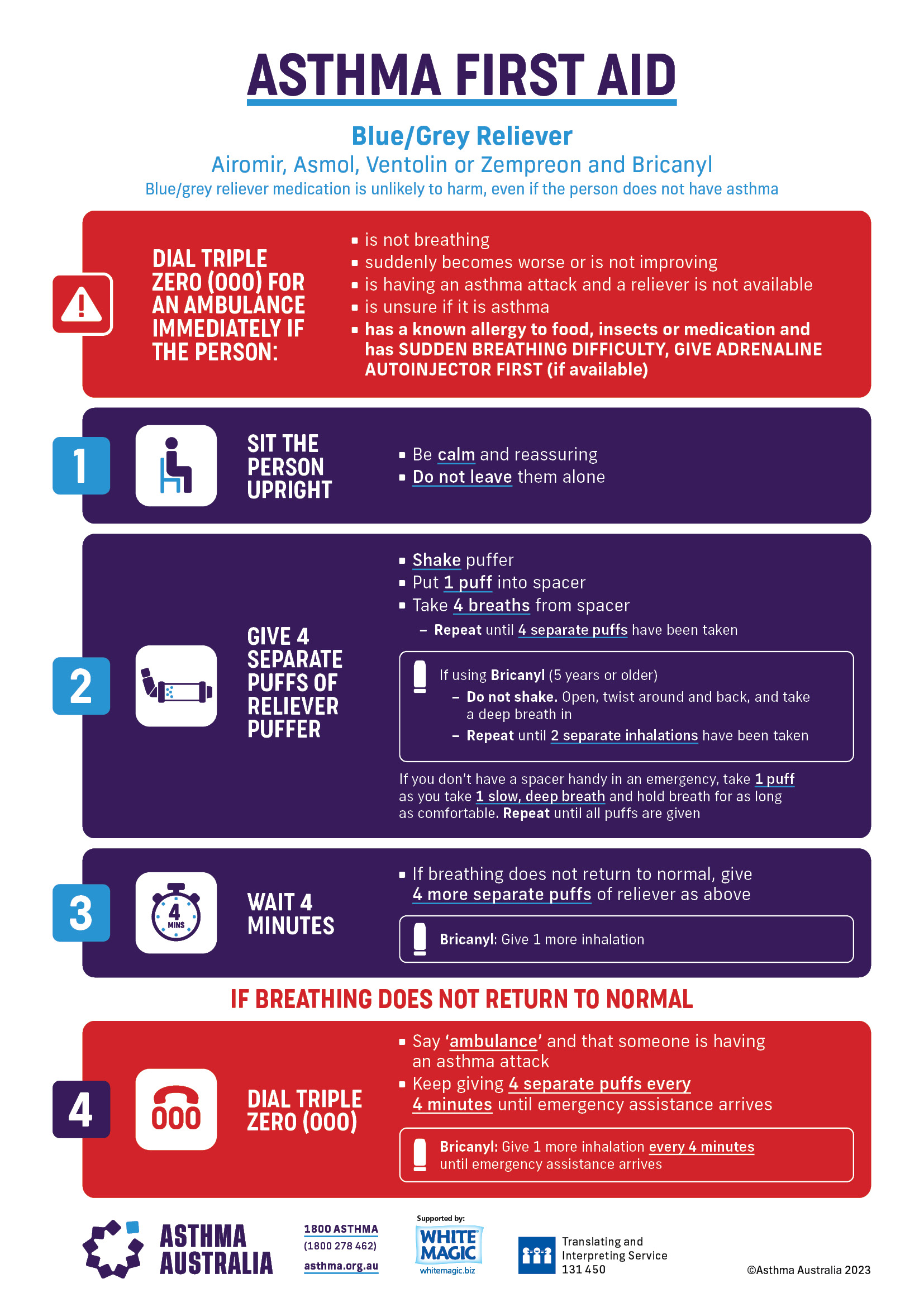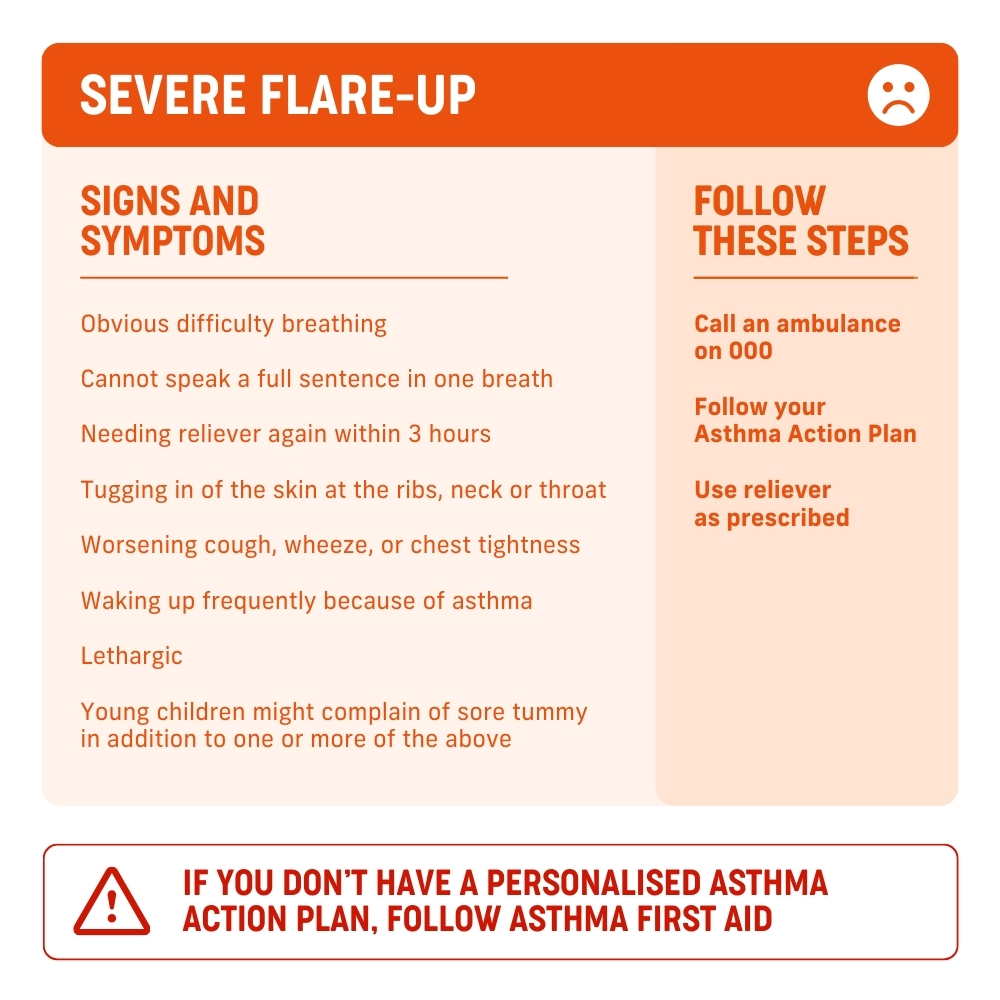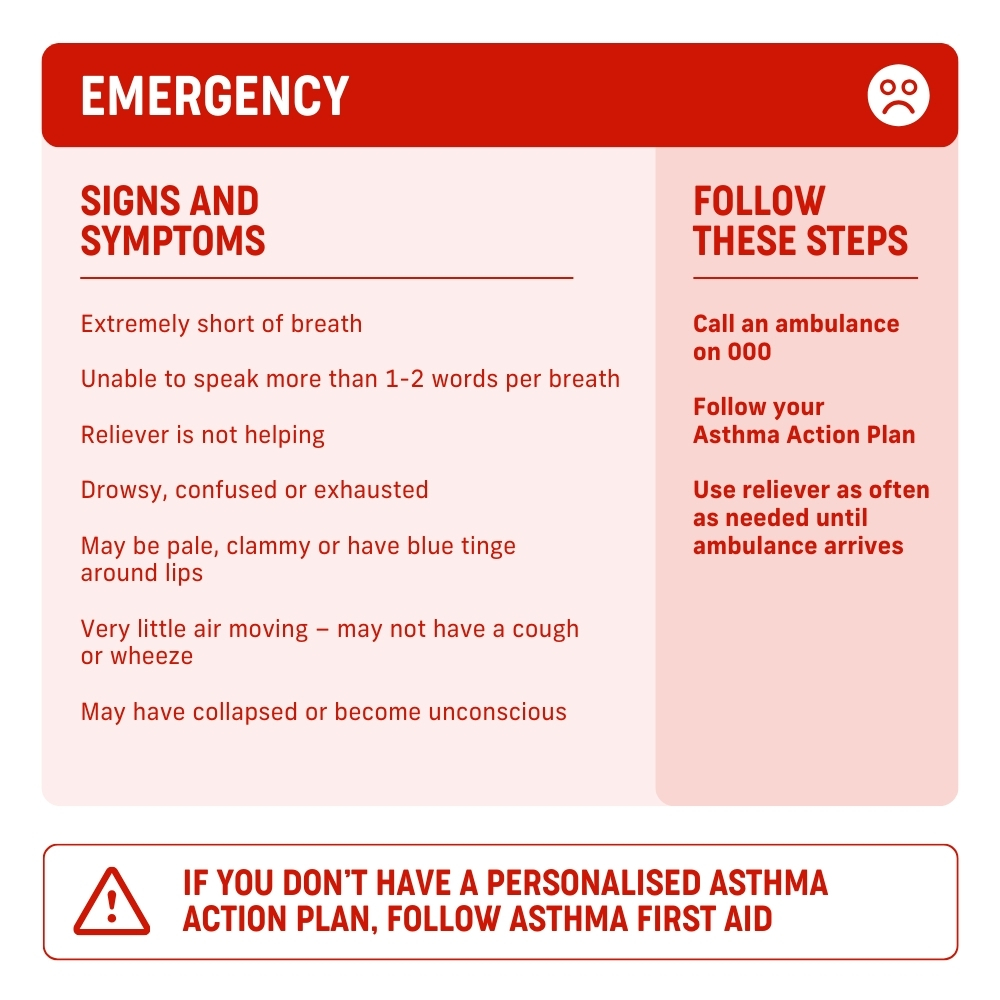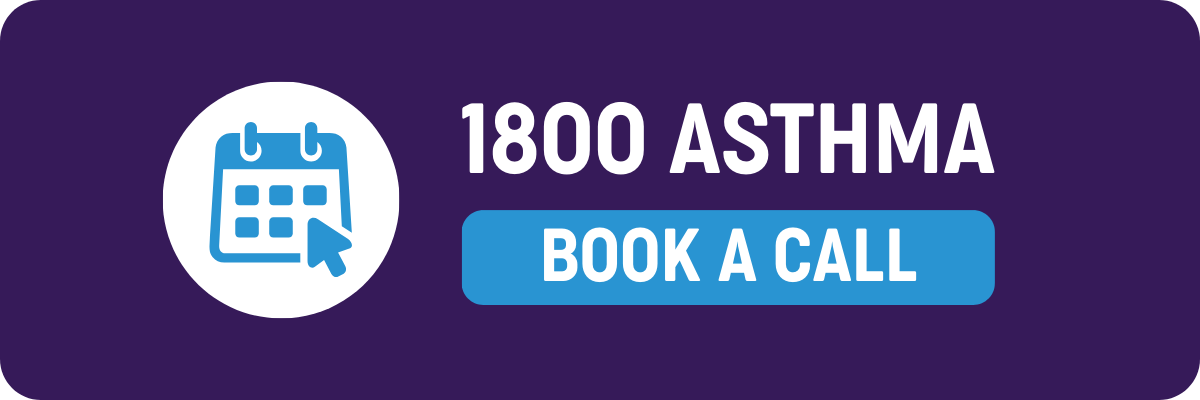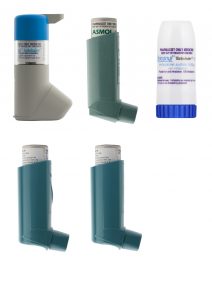- Knowing Asthma First Aid can save a life.
- A sudden or severe flare-up is also called an asthma attack.
- An asthma attack can happen to anyone with asthma at any time.
- Do not wait until asthma symptoms are severe to start Asthma First Aid. Click the poster to download it or check out our Asthma First Aid instructions for specific medicines.
What are the signs of an asthma attack?
Knowing what to do when your symptoms are getting worse can help you avoid an asthma attack or a trip to hospital. An asthma attack can start slowly (over hours to days) or can get worse very quickly (in seconds to minutes).
When you have asthma symptoms, they should always improve or get better with treatment by your asthma reliever. But during an asthma flare-up or attack, your asthma symptoms may increase or become much worse. For example:
- You might find that your reliever isn’t helping your asthma symptoms as quickly as it should.
- It may not be lasting as long before you need more.
- Your reliever should usually last at least 4 hours.
- It should start working within 4 minutes.
- Needing reliever again within 3 hours and difficulty with normal activity is a sign of a severe asthma flare up
You might find it harder to breathe, with a very tight chest. Or you may be coughing or wheezing a lot.
You may have all these signs and symptoms together, or just some at the same time.
Remember, not all people wheeze during an asthma attack.
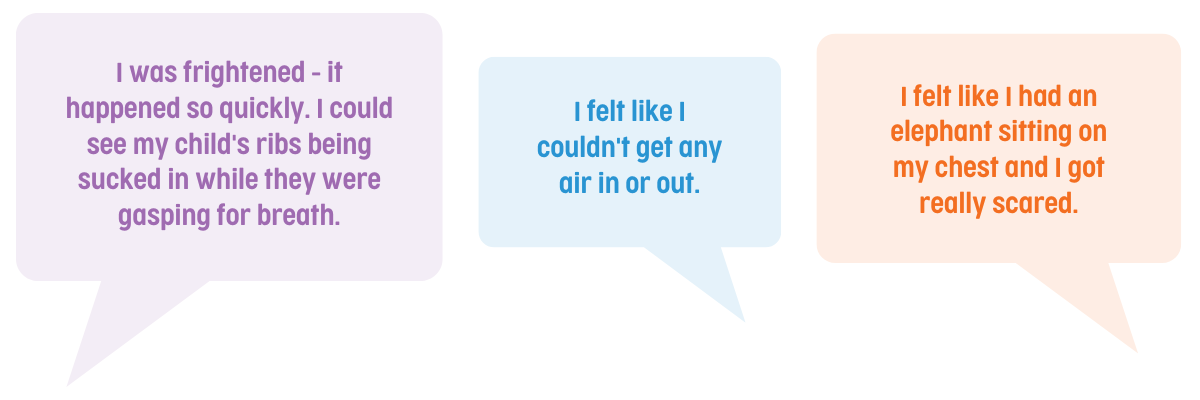
You may feel scared, anxious or worried. It’s harder to make decisions when you have these feelings.
Don’t ignore how you feel. You know your asthma best, so be sure to act on the warning signs and take action if something doesn’t feel right.
What are the signs of worsening asthma?
Don’t wait for your asthma symptoms to become severe or life threatening before starting Asthma First Aid.
Follow your Asthma Action Plan or look for these signs and symptoms to help you know how to respond:
After a flare-up or asthma attack
Even if you feel better, make sure you’re not at risk of another flare-up. Once your symptoms improve, make an appointment to see your doctor (preferably the same day, or as soon as possible).
DID YOU GO TO HOSPITAL FOR YOUR ASTHMA ATTACK?
Once you are discharged, make an appointment to see your doctor as soon as possible (or within 3 days). See our After Hospital information to help in your recovery.
Asthma Educators can answer your asthma questions
Book a FREE phone call at a time that works for you or call us direct on 1800ASTHMA (1800 278 462).
Asthma first aid instructions for different asthma medicines
Please note: Blue/grey relievers can always be used for an asthma flare-up in an emergency, even if you usually use another of the asthma medicines pictured below.
Click on your reliever picture to view the instructions for each group. You can also download the Asthma First Aid App to access the Asthma First Aid steps wherever you are.
BLUE/GREY RELIEVERS
Learn more about Airomir, Asmol, Ventolin and Zempreon (salbutamol 100mcg)
ANTI-INFLAMMATORY RELIEVERS
Learn more about the above medications here.
ANTI-INFLAMMATORY RELIEVER – SYMBICORT RAPIHALER
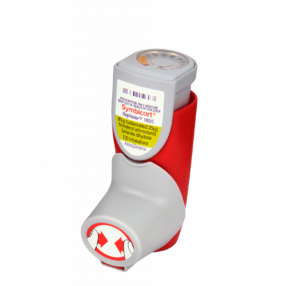
Learn more about the above medication here: Symbicort Rapihaler 100/3
FOSTAIR
Learn more about the above medication here: Fostair 100/6





 1800 278 462
1800 278 462